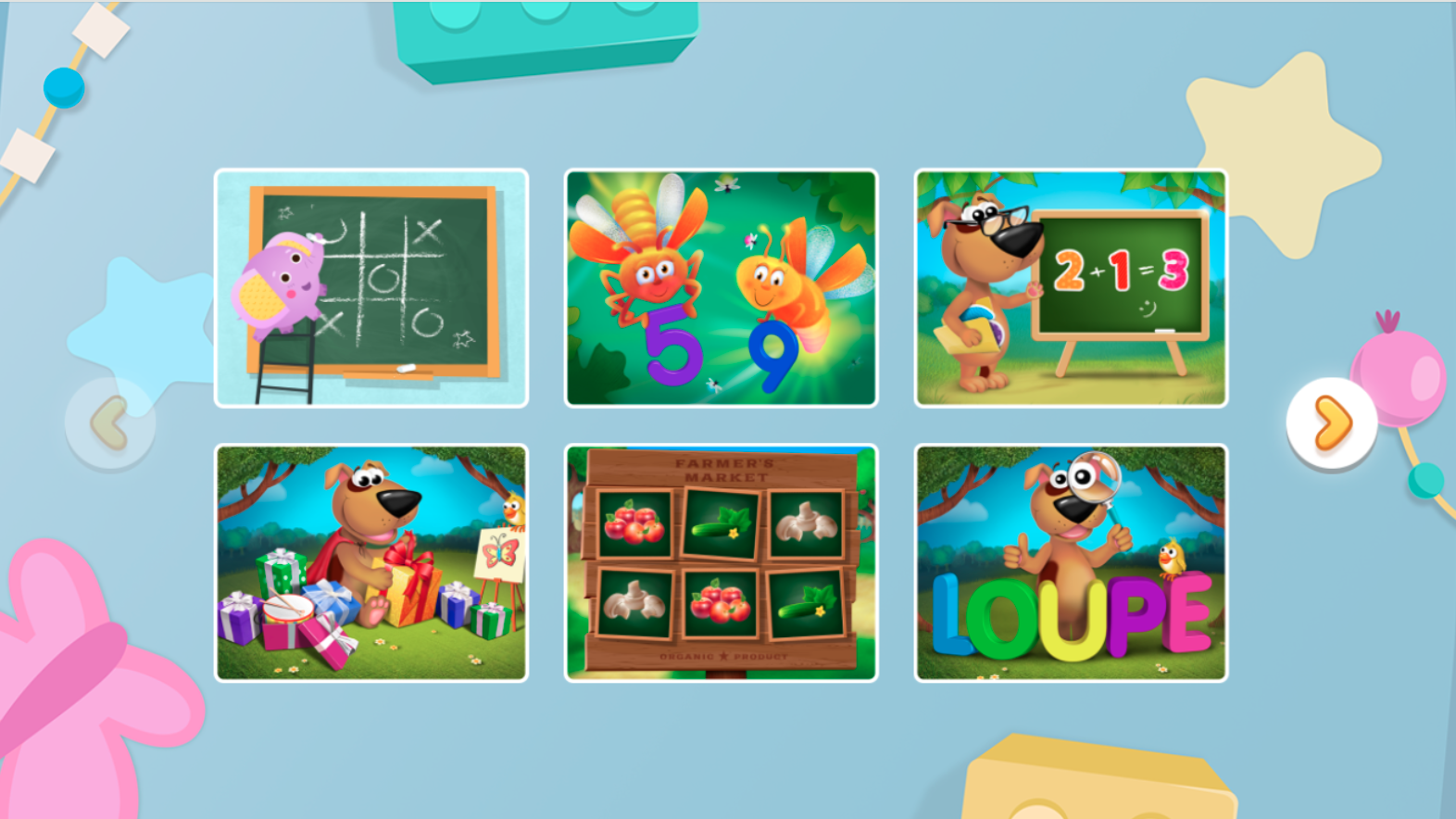Letter Tracing Worksheets for Kids
9 filtered results
-
From - To
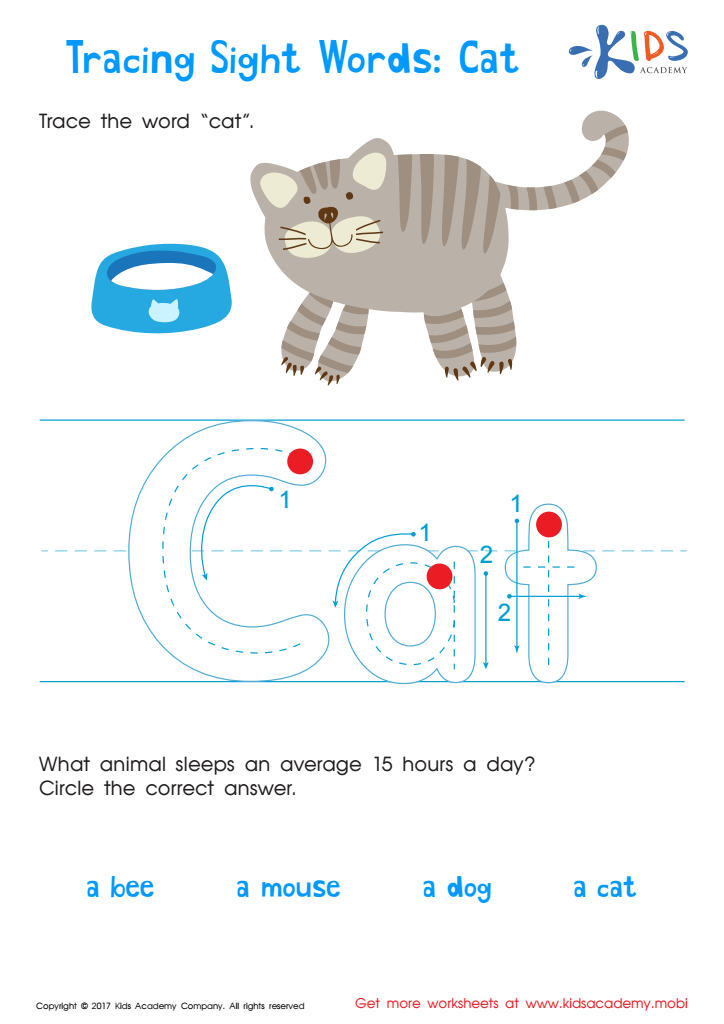

Cat Printable Sight Words Worksheet
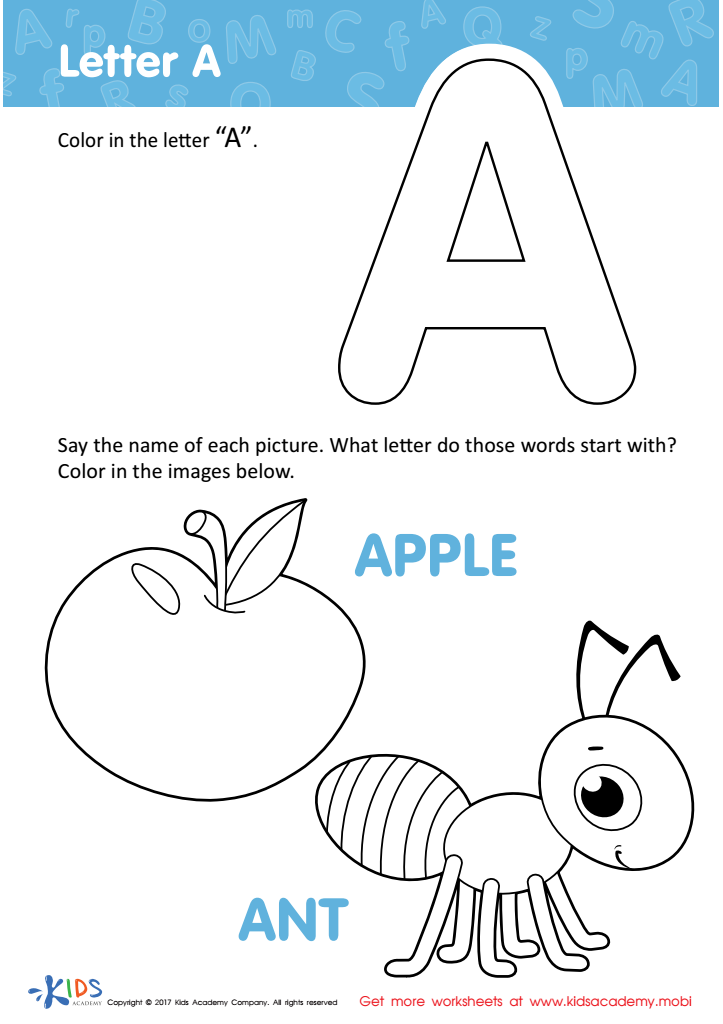

Letter A Coloring Sheet


Letter V Coloring Sheet


Letter D Coloring Sheet
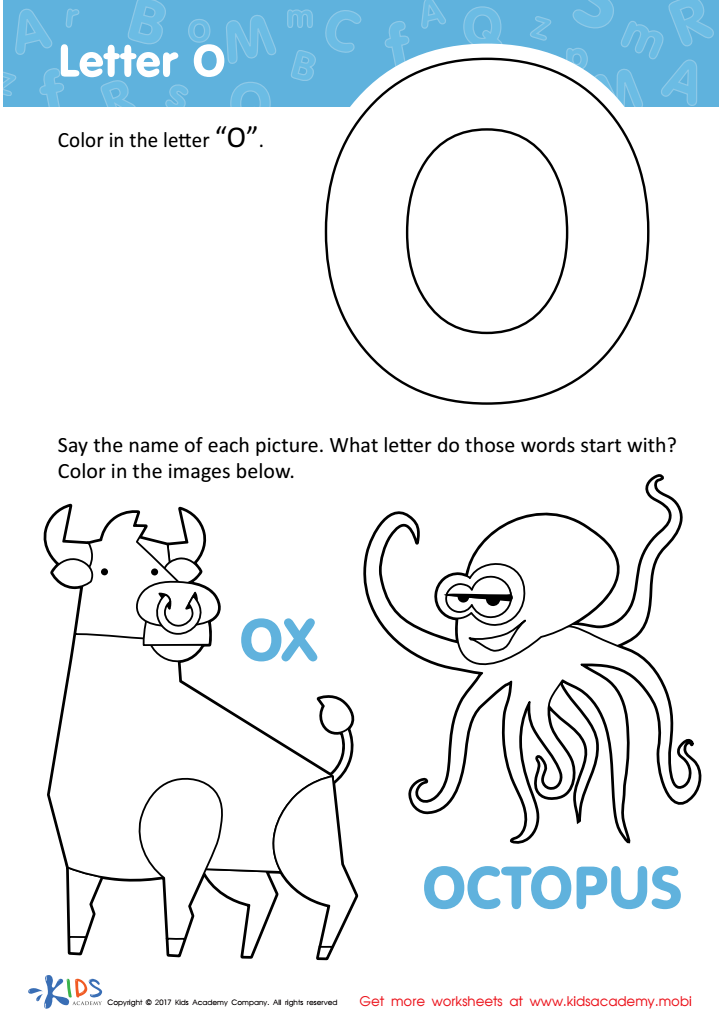

Letter O Coloring Sheet
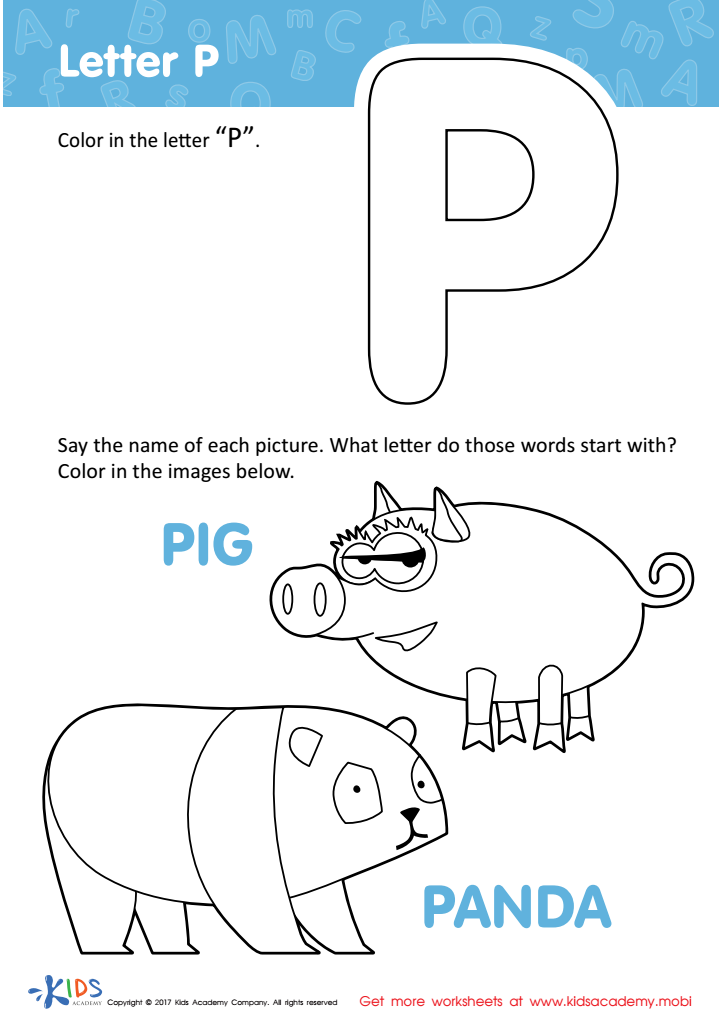

Letter P Coloring Sheet


Letter H Coloring Sheet
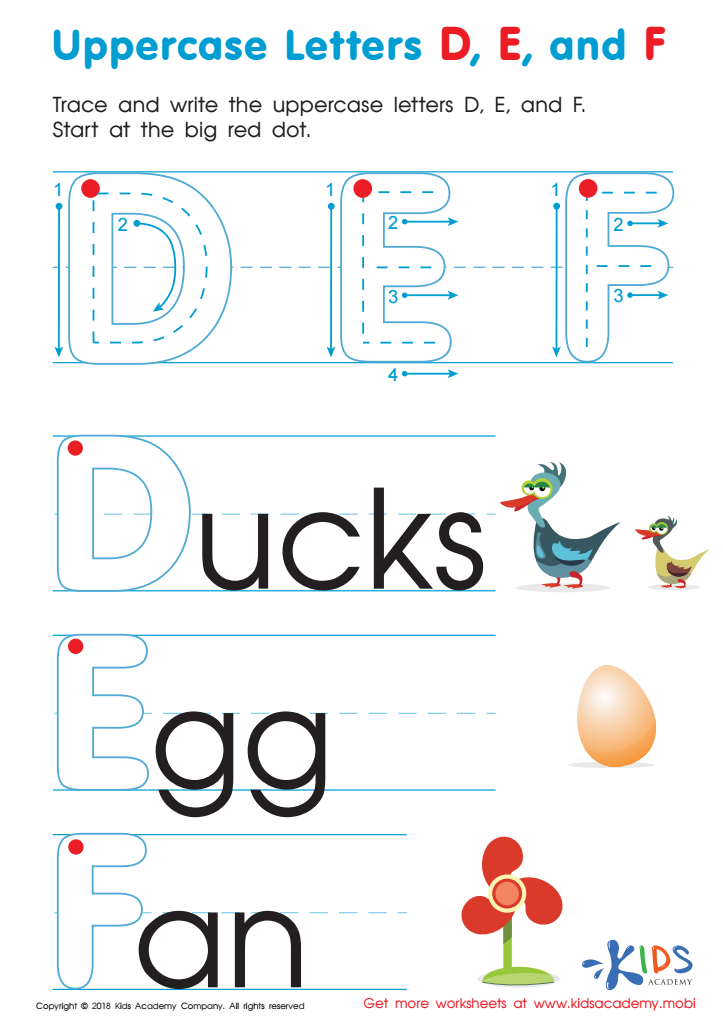

Uppercase Letters D, E, and F Worksheet
Question/Answer
How does the mastery of the Letter Tracing skill affect a student's performance at an early age?
Mastering letter tracing at an early age significantly enhances a student's handwriting fluency, accuracy, and speed. It fosters fine motor skills, visual recognition of letters, and understanding of alphabetic principles, laying a foundational basis for reading, writing, and overall academic success. This early skill mastery boosts confidence and encourages a positive attitude towards learning.
Why is the Letter Tracing skill important for Preschool students?
Letter tracing is crucial for preschool students because it helps develop their fine motor skills, enhances hand-eye coordination, and lays the foundational understanding of the alphabet. This practice supports early literacy by familiarizing them with letter shapes and the process of writing, paving the way for future reading and writing proficiency.
How to test a Preschool student’s Letter Tracing skills?
To test a preschool student's letter tracing skills, provide them with lined paper and ask them to trace letters you've lightly written or printed templates of both uppercase and lowercase letters. Observe their grip, control, ability to follow shapes, and accuracy in tracing. Assess their completion of the task, noting any struggles with specific letters or motor skills.

 Assign to My Students
Assign to My Students









